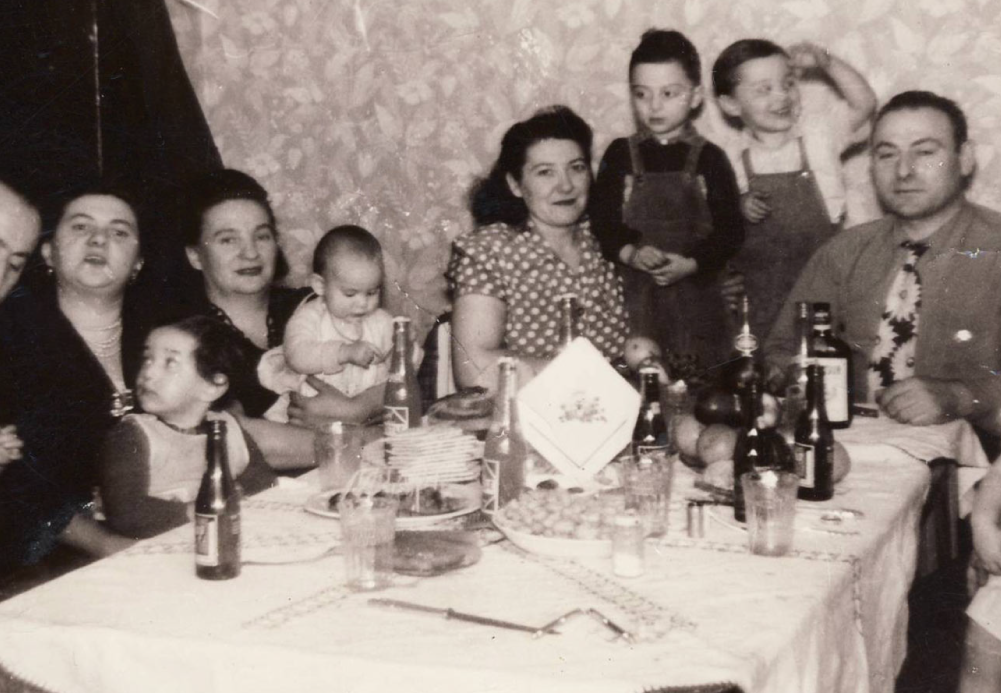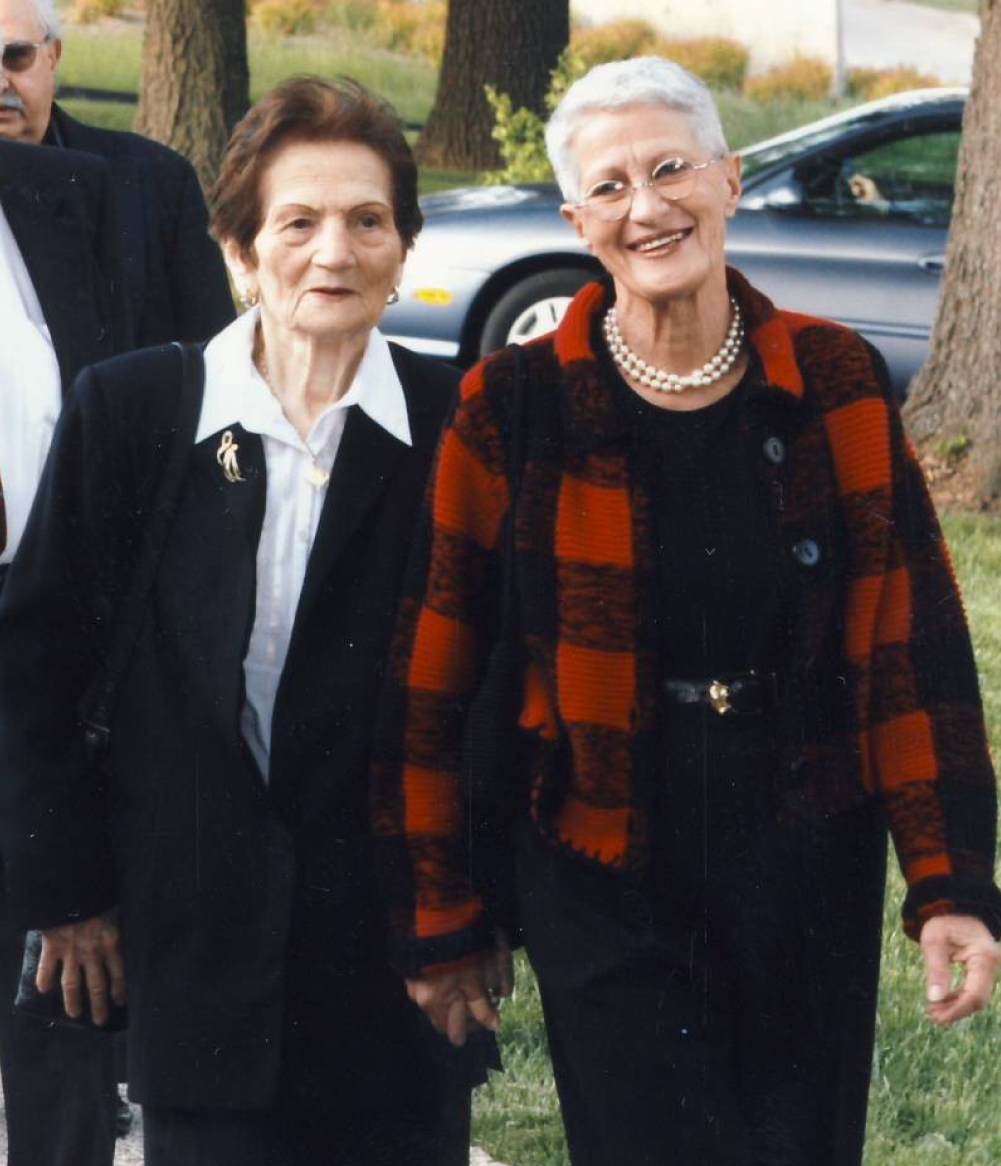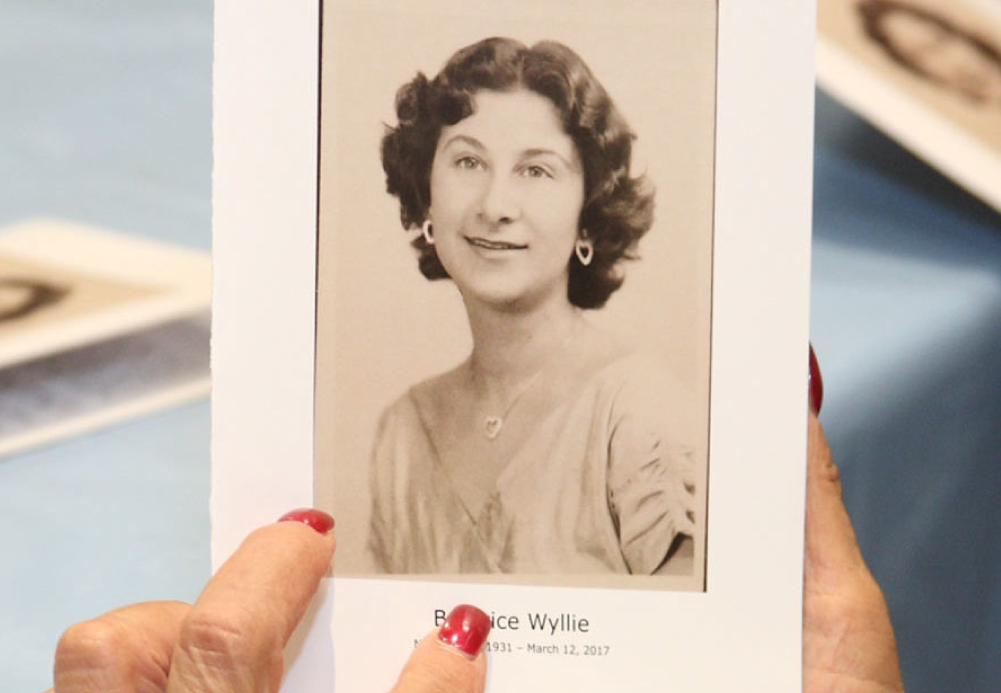
After decades of determination and lifetimes of memories, we’re pleased to unveil the latest addition to the Holocaust Museum & Learning Center: Voices of Remembrance – The Oral Histories Project. The new online collection of oral histories offers you the opportunity to hear more than 140 stories from Holocaust survivors, liberators, witnesses and more in their own words.
Making the Project Possible
Starting in the 1970s, Vida “Sister” Goldman Prince helped start what became the Holocaust Museum’s Oral Histories Project, which captured direct testimony from people who survived the devastating experiences of the Holocaust. As technology evolved, the original cassette tapes of these interviews were in danger of degrading, and the cassette players needed to hear them were becoming obsolete.
A donation from the Bill Kahn Memorial Fund financed the conversion of the cassettes to digital files, ensuring their long-term survival. Sister Prince, Museum Archivist Diane Everman, and former staffer Andrew Goldfeder facilitated that process. Then, Prince stepped up again to finance the addition of these stories to the museum’s website.
In her summary of the project’s history, Sister Prince explains the critical importance of recording these histories—both for public education and the interviewees themselves:

“When I asked a survivor what being interviewed meant to her she replied, ‘That someone else would learn what happened to me when I was gone. It wasn’t the first chance I had to talk, but it was the first chance I had for someone to really listen. It was getting something out of my gut.’ Now, finally someone cared. They felt their suffering, their loss and their agony will not be forgotten.”
Creating a Virtual Library
To bring the oral histories online, HMLC staff worked with Wired Impact, a St. Louis-based web design company, to design and build the digital collection. Their team also reviewed and entered each person’s story into the website with care, in consultation with the museum and Sister Prince.
With the launch of the online component, this incredible project is now a resource for all. “These tapes are an absolute treasure,” said Museum Director Jean Cavender. “But until recently, they were locked in a cabinet and virtually unavailable. We are thrilled to have them available to educators, students, historians, and others who share our passion for ensuring that the Holocaust is not forgotten.”
How to Explore the Stories
Visitors to the oral history project site can explore the entries in a number of ways:
- By nationality, with 18 different countries represented
- By locations, including 339 sites like specific concentration camps or cities that people lived in
- By experience, sorting histories based on personal events like being sent to a ghetto, serving as a soldier or aiding Jewish refugees
Each oral history includes a range of information about the person and their life. Where possible, you’ll find photos, a biography, interview recordings and transcripts, an interactive map and timeline, and a compelling quote from their story.

We are grateful to offer the oral histories project as a celebration of life and a crucial part of honoring and remembering the past. Visit the HMLC website to learn more about their programs, Holocaust history and how to get involved.

